History Of The Rowing Machine
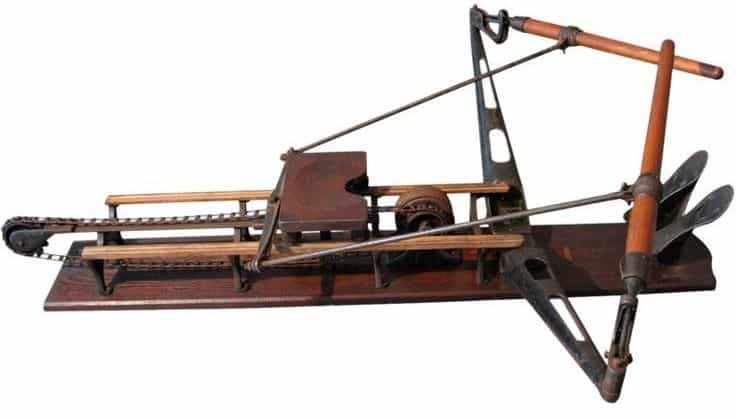
History Of The Rowing Machine
The history of the rowing machine goes back to the 13th century. It’s where the first recorded boat race took place. In its many forms boat-racing was what started the need to train on-shore aswell. Different local rivalries from around the world had a major influence on rowing machines. Some versions of on-shore rowing training were localized in the 4th century BC Athens. But the real history of the rowing machine starts in the 1800s.
<< How To Choose A Rowing Machine >>
The First Rowing Machine Patent
In 1872, a patent was issued for the first rowing machine in the US. W.B Curtis was granted with the patent which included a flywheel and a ratcheting system. At that moment it was believed to be the first machine of its kind. Although the machine is very different from what is used today, it was actually the base for the machines that professionals and fitness fanatics use today. Although it has vastly improved, especially when it comes to the fluidity of the motions, it is still the foundation that rowing machines are built upon today.
The First Commercial Rowing Machines
It is from the 1900s that the story of the rowing machine takes huge steps. With multiple boating competitions between colleges, students needed to perform better. This is why the first rowing machines were sold on college campuses. They provided the perfect alternative for off-season training.
But there was not much resistance with the first models .Multiple designs tried to measure the friction or intensity of the rowing movements to track performance. The addition of weights by Gjessing Nilson in the 70s is what brough them closer to their moder purpose. Using different weights students were now able to track their rowing performance and work on improving both their strength and their rowing technique. But the design of these machines was not as nearly fine-tuned as today. Their movements were not the most fluid and their design was often too complex to allow for easy movement from location to location.
The 80s & The Mass Production
It was in the early 80s that rowing machines truly started to be seen as a viable training option. With designs that were getting lighter and lighter, rowing machines were now in the position in which they could be transported to their intended users with ease. It is also the time when air resistance technology came to revolutionize rowing machines forever.
An australian company launched the first indoor rowing machine that came with adjustable resistance. The combination of flywheel designs and an air resistance system allowed for the production of the first Concept 2 rower machine. The rowing machine was thus first produced in the early 80s and went on to become the popular exercise machine it is today in both commercial and home gyms.
The 90s & The Digitization Of Rowing Machines
The 90s were a revolutionary time for many types of fitness equipment. Rowing machines were part of the digital revolution which saw the early stages of digital performance tracking used on rowing machines. Some pneumatic solutions were also produced in this period but they did not manage to become fully popular, especially among home users as they were still not very affordable. Pressurized systems were produced by companies in Rhode Island but they were still quite far from replicating the experience of rowing on water.
The Current State Of Rowing Machines
Rowing machines were never as reliable and as capable as they are today. Many of them come with foldable designs which recommended them for home use.With a fully digital interface, they can offer support for multiple users and they represent one of the most successful solutions for weight loss.
The low-impact of rowing machines on the joints recommends this full-body workout for those that want to stay in shape, not only for actual rowers. This saw the machines quickly evolving into what they are today. This involves integration with modern technologies and smartphones. Today’s rowing machines come with different resistance levels and are truly made for ultimate connectivity. If you workout with a modern indoor rower machine then you have the ability to transfer, archive and track your workout results. This proves useful from different perspectives, especially when you are training for an objective, such as better cardiovascular endurance.
Air resistance and magnetic resistance are popular resistance systems used on modern rowing machines. But water rowing machines are also available. Even if they are more expensive, they are the types of machines which allow you the closest experience to rowing on water. They are often paired with wooden frames to offer a premium training experience.
The Future Of Rowing Machines
Many people believe there is no more room for innovation when it comes to rowing machines. But this is hardly the case, as the history of the rowing machines already showed, changes are often fast.One of the areas which is expected to have an important impact on training comes with full body controllers or wearable technology. These technologies were usually expensive for the casual user, but they are now becoming more affordable. Solutions such as the Holosuit can now be purchased by the home user as well. This means that you can track your rowing biomechanics and save it on your smartphone. You can also send it to a coach or personal trainer which can be useful for rowers that need professional guidance. These types of body trackers can also be used to improve your positioning, pace or overall rowing technique.
The history of the rowing machine is deeply rooted in boats and competitions. They are now accepted as a fully matured solution for cardiovascular training, strength training, weight loss, circuit training, etc. They offer multiple resistance mechanisms such as the controllable magnetic resistance and they are also smoother for movements. Being closer to actual rowing and helping users with the help of integrated tracking technologies, rowing machines are now also widely used in commercial spaces such as gyms or even at home due to increased affordability.
For more useful information on rowing machines or help with choosing the best rowing machine for home use, check out our rowing machine category




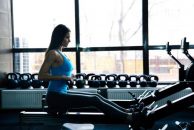
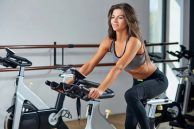
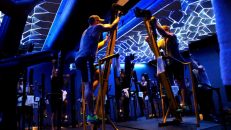
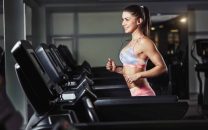
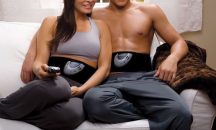
[…] For more information be sure to check out our article on the history of rowing machines. […]
[…] Learn more here: History Of The Rowing Machine […]